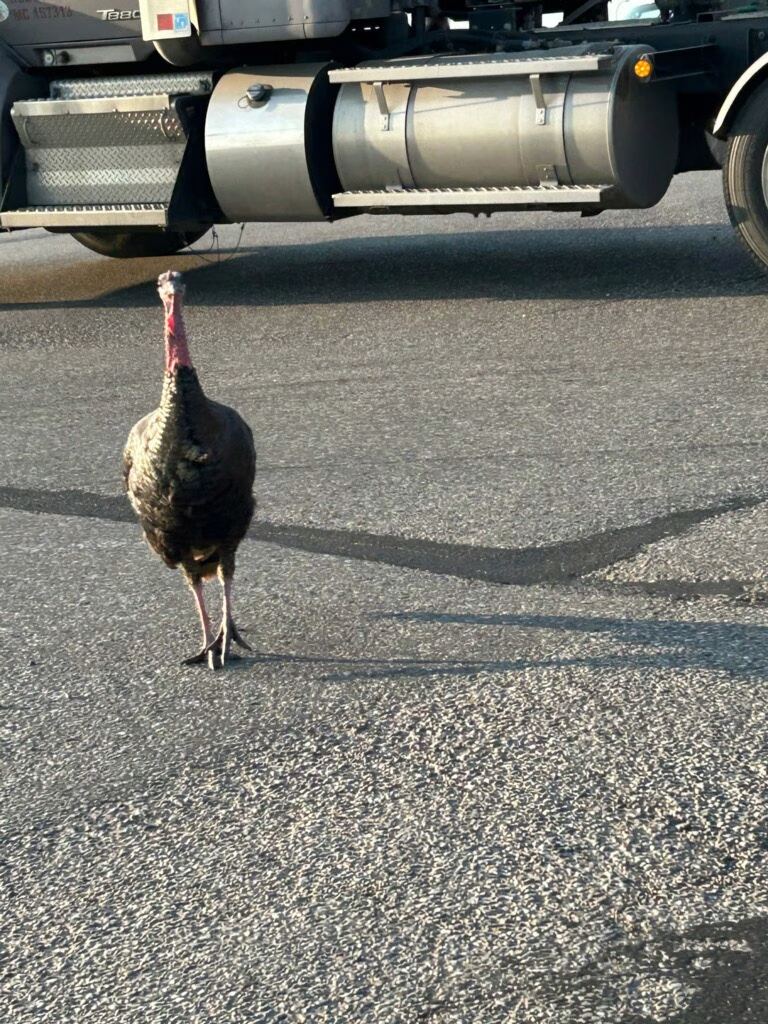Believe it or not, there are people out there who still don’t know what’s causing the “mysterious” death of honeybees. I thought this was old news, but apparently not.
For a time, that was the case. Nobody knew what was killing honeybees. But research in France during the 1990s proved that a class of chemicals called neonicanoids was the culprit. In 1999, France began banning neonicanoids.
There are seven chemicals known as neonicanoids. They include imidacloprid, acetamiprid, thiacloprid, dinotefuran, nitenpyram, thiamethoxam and clothianidin.
Products that include imidacloprid are Confidor, Admire, Gaucho, Advocate. Those containing theamethoxam are Actara, Platinum and Cruiser. Clothianidin is found in Poncho, Dantosu, Dantop and Belay. Mospilan, Assail and Chipcotristar contain acetampiprid. Thiacloprid is found in Calypso. Dinotefuran is found in Sparkle, Safari and Venom. Finally, Capstar and Guardian are brand names that carry nitenpyram.
Also referred to neonics, these insecticides are derived from nicotine. And if you go back in history to the Jamestown Colony in Virginia, those colonists weren’t growing tobacco to smoke, they were growing it as a pesticide because of the nicotine, which is toxic to certain insects including honeybees.
When bees are exposed to sublethal levels of neonicanoids, they can experience problems with flight and navigation, reduced taste sensitivity and slower learning of new tasks, all of which impact foraging ability and hive productivity.
Additionally, one proposed mechanism for these negative effects is impairment to bees’ ability to learn floral associations.
A lethal dose of neonicanoids bind with high affinity to acetylcholine receptors, altering neoronal signals which cause paralysis and death of the insect.
About the same time France was considering bans on neonics, Germany was doing it’s own independent research that came to the same conclusion. As a result, Germany started banning neonics in 2001. But in the United States, it remained a mystery for several more years. In fact, this was one of the things I wrote about when I was ag reporter at the Minot Daily News.
Starting in 2010, University of Saskatchewan biology professor Christy Morrissey did her research on neonics. The results were largely the same as France and Germany, however, she found issues in certain birds from exposure to neonics.
What she also wrote about in her research was that 99 percent of the canola in western Canada was treated with neonicanoids, approximately 474,000 pounds of insecticide. In the United States, it was much higher. Neonic use exceeded 4.4 million pounds.
According to Morrissey, through 2015, neonics were widely used on corn, soybeans, cotton, vegetables and fruits, orchards and grapes, wheat, rice, pasture hay and other crops.
Morrissey’s research indicates there was heavy use of neonics in the Red River Valley as well as the James River Valley with small pockets of heavy use south and west of Minot.
There were also spots in North Dakota that included no use at all. Those areas included the Medora and Beach areas as well as a good portion of Burke and Mountrail counties.
The heaviest use in the nation was in Iowa, eastern South Dakota, western Minnesota, as well as Illinois and parts of Ohio.
Morrissey’s four-year research project was so compelling that by June 2016, Canada stopped issuing registrations for neonics. In 2017, Ontario and Quebec rolled out enforcement for 80 percent reduction. And, at the end of 2016, Health Canada announced a five-year phase out of imidacloprid.
Here in the United States, neonics continue to be widely used. Fifteen percent of non-organic fruits and vegetables in 2020 had detectable residue of at least three neonics.
Thus far, only Maine and New Jersey have banned neonics with New York working on active legislation to ban the insecticides. Maryland, Oregon, Pennsylvania, California and Colorado have discontinued retail use.
Closer to home, in 2019 South Dakota State University research indicated that neonics are likely causing serious birth defects in white-tail deer. Ongoing research in Brookings is looking at whether ring-neck pheasants could also be harmed by neonics.












